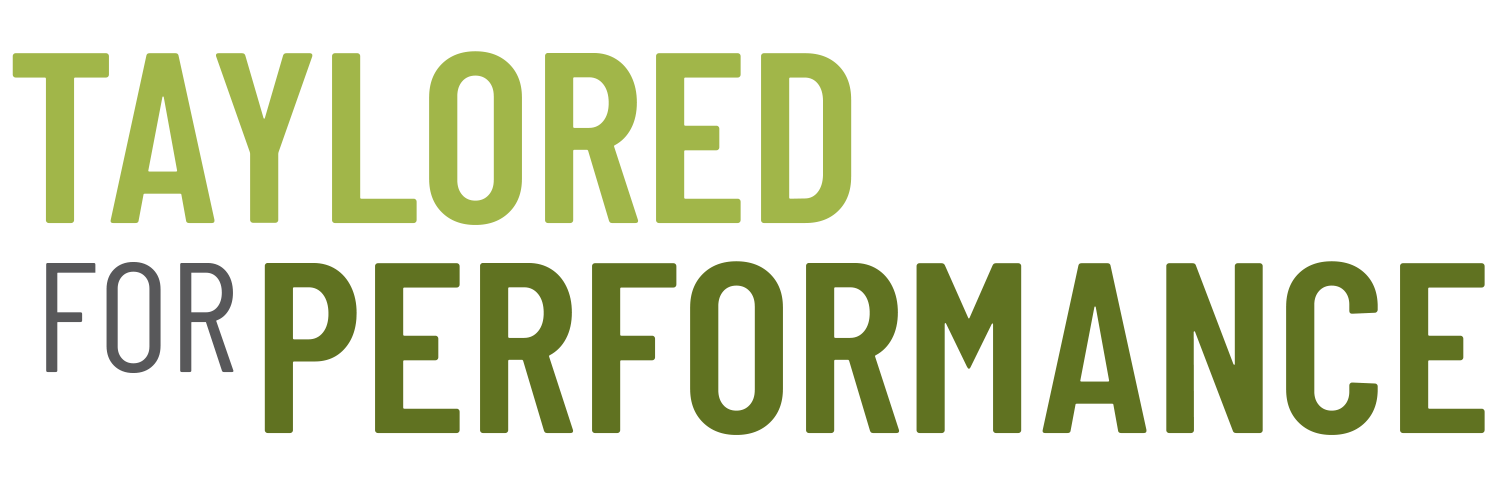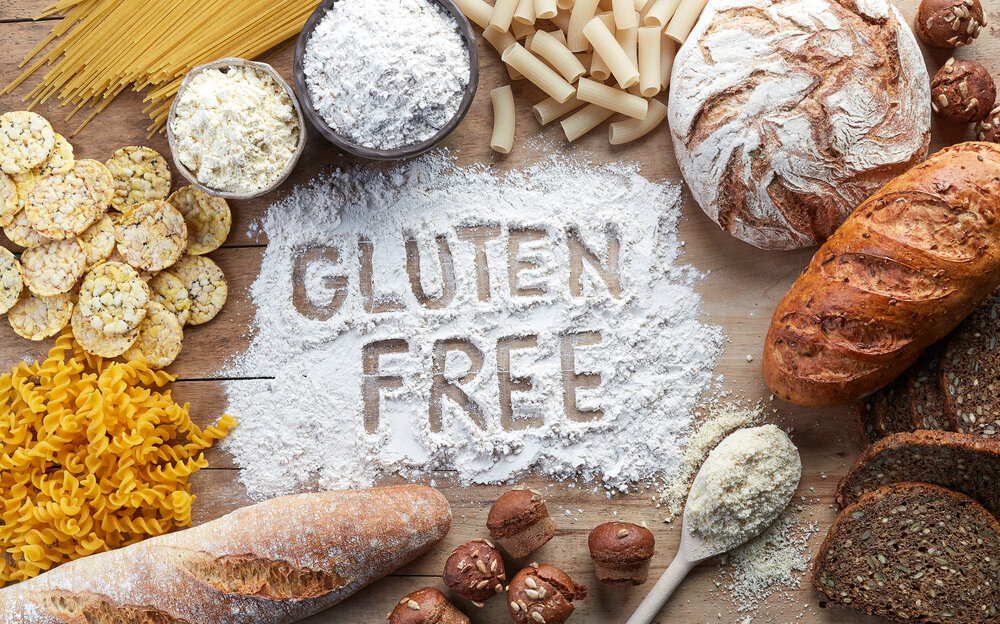What Does 'Gluten-Free' Really Mean?
What Does ‘Gluten-Free’ Really Mean?
You may have heard someone say they are on a ‘gluten-free’ diet and asked yourself what that means. It can be quite confusing in understanding what foods contain gluten and what is a gluten allergy, intolerance or sensitivity and/or celiac disease? These are all terminology used to describe an avoidance of gluten.
What is gluten?
Gluten refers to the proteins found in wheat, rye, barley as well as derivatives from these grains, which cause an adverse reaction in people with gluten-related disorders.
What are gluten-containing foods?
Pastas, noodles, flour, breads, pastries, crackers, croutons, panko breadcrumbs, baked goods, cereal, granola, pancakes/waffles, beer and malt beverages
Other foods and nonfood items that may contain gluten sources?
Energy/granola bars, French fries (cross contamination in fryer), potato chips with seasonings containing malt vinegar or wheat starch, processed lunch meats, imitation meats, candy, soup, multi-grain or artisan chips, salad dressings, marinades, gravy, starch or dextrin, brown rice syrup, meat substitutes, soy sauce, cheesecake filling
Cosmetics such as lipstick, lip gloss and lip balm, medications, vitamins and supplements, Play-Doh, bath products
Celiac Disease is a genetic autoimmune disorder that results in damage to the small intestine when gluten is ingested.
Prevalence: 1% of the U.S. population
Symptoms can include bloating, abdominal pain, diarrhea, constipation, anemia, fatigue, bone or joint pain, hives, osteoporosis, low vitamin D and vitamin B12, neurologic disorders
Treatment: lifelong gluten-free diet
Gluten Sensitivity aka Gluten Intolerance is neither an allergic nor autoimmune response and is currently not well defined. It refers to a condition characterized by intestinal symptoms related to eating gluten-containing foods in the absence of celiac disease and wheat allergy
Prevalence: 6% of the U.S. population
Symptoms can include bloating, abdominal pain, diarrhea, constipation, lethargy, fatigue, headaches, bone or joint pain
Treatment: reduce gluten intake and/or gluten-free diet
Wheat Allergy is an immune reaction to hundreds of proteins in wheat. A person with a wheat allergy must avoid eating any form of wheat but does not have trouble tolerating gluten from non-wheat sources.
Prevalence: More common allergy in children and typically outgrown by adulthood.
Symptoms can include nausea, abdominal pain, sneezing, itching, swelling of the lips and tongue, hives, headaches, lightheadedness, shortness of breath or anaphylaxis.
Treatment: wheat-free diet and/or medication
Foods containing wheat include breads, pastas and any other food containing wheat
Nonfood items with wheat-based ingredients can include Play-Doh, cosmetics and bath products
What are gluten-free foods?
Fruits, vegetables, meat, poultry, fish, seafood, legumes, lentils, rice, corn, soy, potato, tapioca, beans, quinoa, millet, buckwheat, cassava (yucca), coconut, arrowroot, amaranth, teff, flax, chia, nut flours, nuts, seeds, milk, eggs, sugar, butter, oil, distilled alcoholic beverages, distilled vinegars, wine and beers containing gluten-free grains such as sorghum.
How do I know if a food or nonfood item contains gluten?
Carefully read food labels looking for claims of “gluten-free,” “no gluten,” “free of gluten,” “without gluten”
Carefully read ingredient lists. If an ingredient list contains wheat (including all types of wheat), rye, barley, oats unless certified gluten-free, malt or brewer’s yeast, then the product is not gluten-free
Cross contamination is more likely to occur in food preparation. It can occur if gluten-free foods were processed in the same facility as foods containing gluten
Nutritional concerns for gluten-free athletes:
Many carbohydrate-rich foods contain gluten but there are many gluten-free alternatives
Gluten-free diets typically contain less fiber than diets that include gluten foods
Higher risk of nutrient deficiencies such as iron, zinc, calcium and vitamin B12
An athlete following a gluten-free diet should seek the expertise of a sports dietitian to ensure their health and performance goals are achieved.
How do I determine if I need to eliminate gluten from my diet?
Celiac disease involves blood screening and endoscopy, followed by a diagnosis usually by a gastroenterologist.
Gluten Sensitivity does not have any tests or biomarkers. The diagnosis requires a process of ruling out celiac disease, wheat allergy and other possible causes.
For IgE food allergies, such as a wheat allergy, diagnosis is generally done through RAST testing completed by an allergist.
A gluten-free diet is the primary treatment for celiac disease and gluten sensitivity. Contact your doctor or a registered dietitian nutritionist to help support your health and wellness needs.

